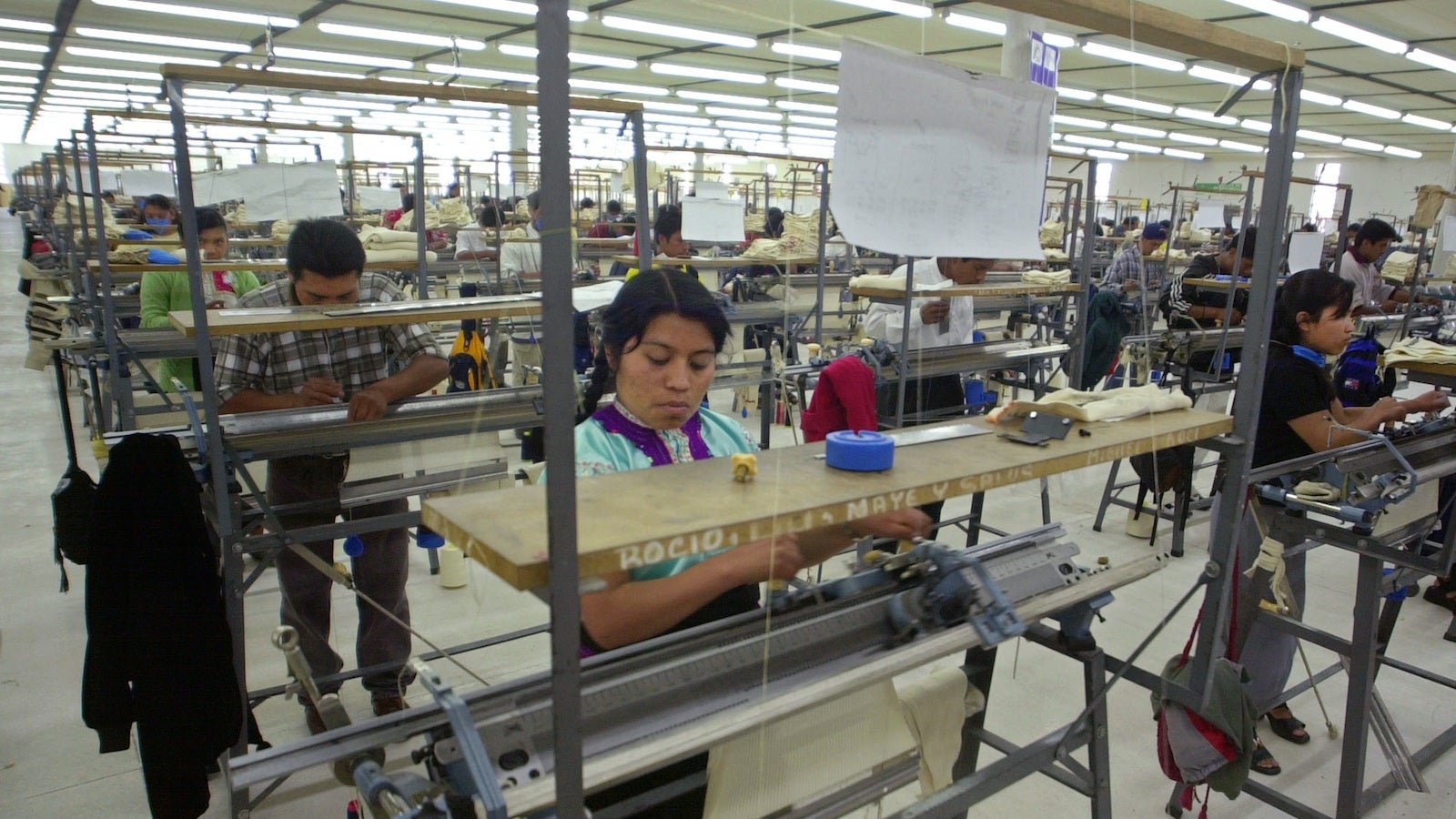Foreign investment in Latin America is falling, but changing for the better
Foreign direct investment (FDI) in Latin America fell in 2014, down 16% to $159 billion according to the latest Economic Commission for Latin America and the Caribbean (ECLAC) report. This outpaced global declines, closer to 7%, and fell far behind other emerging markets, which saw investments rise 5% on average, and 15% in Asia.


Foreign direct investment (FDI) in Latin America fell in 2014, down 16% to $159 billion according to the latest Economic Commission for Latin America and the Caribbean (ECLAC) report. This outpaced global declines, closer to 7%, and fell far behind other emerging markets, which saw investments rise 5% on average, and 15% in Asia.
The declines in part reflect the lumpiness of FDI—last year’s $13 billion acquisition of Modelo beer in Mexico by Anheuser-Busch InBev inflated the overall take, compounded by this year’s $5.6 billion divestment of América Móvil by AT&T; otherwise, this year’s numbers would be roughly on par with previous years. It also reflects the end of a commodity supercycle—mining investment returns in particular have been falling and helped bring down the overall average return on FDI in the region to 5% from a 9% high in 2006. Brazil leads, with $62 billion or nearly 40% of total flows, followed by the Pacific Alliance countries—Mexico, Chile, Colombia, and Peru. These five received 80% plus of all investment from abroad.
While the amount of money coming in fell, the destination mix is more encouraging. Almost half funded services, 36% went to manufacturing, and the rest to natural resources. The majority of investments financed medium-high and high technology projects—including automotive investments in Mexico and Brazil among others—in sectors that are more likely to bring benefits to the broader economy in terms of technology, education, and indirect job creation.
While much has been made of Chinese interest in Latin America, the numbers show actual money on the table still trails far behind the Netherlands (20%), the United States (17%), and Spain (10%). Asian FDI totals just 6%—though Chinese companies did close three of the top 20 deals in 2014.
The profits on Latin America’s now substantial foreign-owned capital stock (after decades of FDI) have soared from less than $20 billion in 2002 to over $100 billion today. Multinationals on average repatriate roughly half of these profits, reinvesting the other part locally. This has put pressure on the current accounts of Chile, Colombia, and Peru, among others, and potentially their currencies, particularly if the investments don’t contribute much to productivity and economic growth.
Looking ahead, 2015 FDI will likely flag along with Latin America’s economies, particularly in Brazil. Mexico may be the exception, where expanding auto manufacturing, some loosening of service-sector regulations, and the opening of its energy sector could boost investment. And overall Latin American nations need more money in the years to come for transport infrastructure, telecommunications, and electricity, whether from domestic or foreign funds. With regional savings remaining low, FDI looks to be the most likely source.